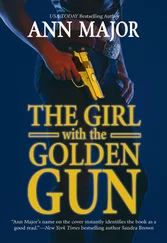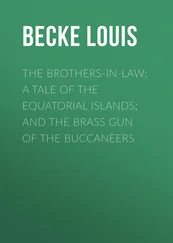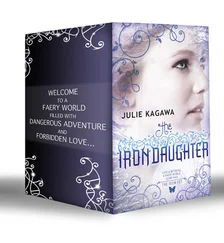The list of killings involving MACs and Cobrays continued to grow; the crimes often achieved national notoriety.
At about midnight, September 27, 1990, an Iranian immigrant named Mehrdad Dashti fired into a popular bar in Berkeley, California, with a Cobray and two other weapons. He killed a university senior, then began a seven-hour standoff during which he wounded four other students. He was shot dead by a police SWAT team. California had outlawed the Cobray in 1989.
In May 1990 police in Vancouver, British Columbia, became profoundly alarmed after discovering three MAC submachine guns in six weeks. One officer predicted that soon a police officer or bystander would be injured or killed by such weapons. “They’re a recipe for disaster,” he told the Vancouver Sun .
His remarks were prophetic. On October 20, 1991, a Chinese immigrant, Chin Wa Chung, humiliated by the failure of a restaurant he had opened with his partner, Sheng Cheung, went to Cheung’s Vancouver house early one morning and used a Cobray M-11/9 to kill Cheung, Cheung’s wife, their seven-year-old son, and their fourteen-month-old baby before at last killing himself.
The same month a disgruntled ex-postal worker named Joseph M. Harris walked into the Ridgewood, New Jersey, post office clad in battle fatigues, a bulletproof vest, and a black silk face mask and shot and killed two of his former colleagues. Earlier he had stabbed his former supervisor to death at her home after first killing the woman’s boyfriend with a single gunshot to the head as the man sat watching television comfortably nestled under a blanket. Harris carried two fully automatic weapons: an Uzi and a MAC-10.
The Cobray was involved in an odd lot of other incidents. In 1991, New York City police were astonished to find that the sniper who had just barely missed hitting a clerical worker in a Bronx office building was a nine-year-old boy wielding a Cobray. Asked how he learned to operate the gun, the boy answered, “I watch a lot of TV.” The following year, in Denver, a sixteen-year-old boy used a Cobray M-11/9 to kill a fifteen-year-old with whom he had argued a few moments earlier. His mother, involved in a live-in relationship with a Denver police officer, had bought the boy the gun. “She’s certainly guilty of not having good sense,” a Denver police spokesman told the Denver Post , “but that’s not a criminal act.”
The Cobray and its MAC progenitors became icons of America’s inner-city gun culture. A Baltimore rapper called himself MAC-10, although when his group posed fully armed for a photograph, he held a .45 semiautomatic pistol with a laser sight. He was later shot and seriously wounded. Another member of his group was arrested for allegedly ordering the murder of a teenager; a third member was shot dead at a phone booth. At least two gangs, one each in Las Vegas and Jacksonville, Arkansas, also took the name MAC-10. Detailed renderings of the weapon periodically turn up in gang graffiti in Baton Rouge, Louisiana. In 1992, police in Indianapolis, as a warning to the city’s officers, posted rap lyrics written by a local group:
Let me get my toys and play
Sit down mother fucker, and watch the MAC-10 spray
Better close up shop
Cause we teaching Indy how to kill a cop.
The best evidence of the admiration accorded the killing power of these guns by would-be felons came late in 1992 when Drug Enforcement Administration (DEA) agents in Boston videotaped a conversation between Edward Gaeta, a Massachusetts man suspected of conspiring to deal narcotics, and a DEA agent posing as a Colombian drug trafficker. Gaeta had previously arranged the sale of two MAC-10 submachine guns complete with silencers to a DEA informant and hinted that he could get more.
“I’ll make it up like a story,” he told the agent. “Once upon a time, one week ago… I saw some MAC-10s go by with silencers on them…. That’s a nice, that’s an interesting weapon.”
“Very!” the agent said.
“With subsonic bullets. It sounds like a cat pissing.”
The dream guns “were beautiful,” Gaeta said. “You’ll go through your whole clip in, ah, one and a half seconds. Thirty-two rounds. And I’ll tell you what, I could kill thirteen people in the bathroom and you wouldn’t even know I had it.”
In Towson, Maryland, Supenski hefted the Cobray he had brought in his briefcase. “When you look at the utility or purpose for those weapons as balanced against the potential harm they can do to society, to the police who have to protect society and to the public themselves,” Supenski said, “the risks far outweigh the benefits. If there was a gun industry with a conscience—if there was a gun industry out there that would understand that even though they have a right to make these things and put them into the commercial mainstream, it may not be the right thing to do—we wouldn’t be here talking about this issue, and gun dealers wouldn’t be selling these things legally or illegally.”
Where did the Cobray come from? How did this weapon, designed for use in close combat by commandos, paratroopers, tankers, and, yes, Latin American guerrillas on a tight budget, become a mass consumer product?
♦ ♦ ♦
The gun’s direct lineage begins in the stormy 1960s when Gordon Ingram, an engineer with Police Ordnance Co. of Los Angeles, paid a visit to an illegal machine-gun company operated by a friend and former colleague named Juan Erquiaga Azicorbe, a former officer of the Peruvian Army who had emigrated to America. Erquiaga was struggling to fill an order for five hundred machine guns of his own design and five hundred silencers for anti-Castro exiles training in Costa Rica. During this visit, according to Thomas Nelson, an authority on the history of machine pistols (ATF technicians often consult his dictionary-size volumes), Erquiaga explained the qualities his rebel customers demanded of a gun. According to Nelson these qualities included “small size, to facilitate concealment; sound suppression, to deter detection; and low cost.”
Ingram saw a way to improve on Erquiaga’s gun and built the first prototype, the M10, which looked very much the way the Cobray M-11/9 looks today. About this time, according to Thomas, Erquiaga hired Ingram to be his chief engineer and to help speed production of the Cuban order.
The United States had given Erquiaga’s effort tacit approval, granting him the necessary tax stamp to make machine guns despite the fact that until that point he had been making machine guns illegally and, on a previous occasion, had fled the country just ahead of a federal raid on a machine-gun factory he ran in his garage. The political winds shifted again, however, and in 1965 federal agents swept down on Erquiaga and confiscated all the weapons he had produced for the Cubans. Erquiaga, however, managed to escape to South America.
Ingram continued refining his ideas and developed several more prototypes, all having essentially the same look. The Army bought one and tested it at the Frankford Arsenal in Philadelphia. Soon afterward, the gun caught the eye of an Atlanta soldier of fortune, Mitchell L. WerBell III, founder of the Sionics Co., which made “counterinsurgency” equipment and an efficient silencer. WerBell, who wore a uniform of his own design and called himself an “international general,” bought a nine-millimeter prototype of Ingram’s machine gun and took it with him on a sales trip to Southeast Asia. In 1969 Ingram left his job as an engineer for Fairchild Hiller to become chief engineer at Sionics, which was by then based in Powder Springs, Georgia, just outside Atlanta, where WerBell established a paramilitary training camp. To best capitalize on Ingram’s designs, WerBell and Ingram decided to produce two weapons: an open-bolt fully automatic machine pistol for military markets, restricted for sale to civilians since the National Firearms Act of 1934, and an unrestricted semiautomatic version for civilian buyers—the first glimmer of the weapon’s emergence as a mass-consumer product.
Читать дальше
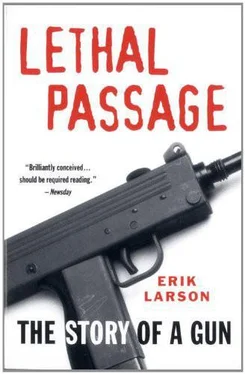
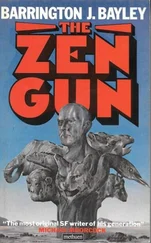
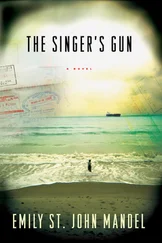

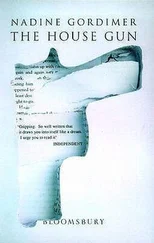

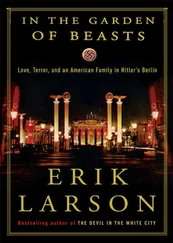

![Ричард Деминг - Whistle Past the Graveyard [= Give the Girl a Gun]](/books/412176/richard-deming-whistle-past-the-graveyard-give-t-thumb.webp)
